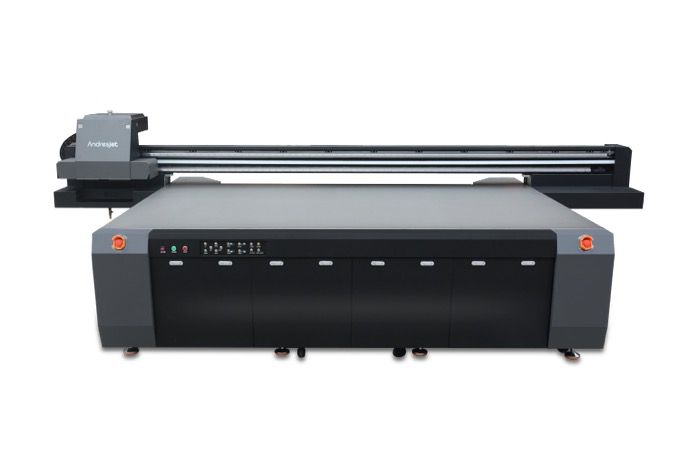UV Flatbed Printer: An Introduction to Printing Plates
UV Flatbed Printer: An Introduction to Printing Plates
In the world of printing technology, the UV flatbed printer stands as a revolutionary device, offering unmatched versatility and efficiency in the production of high-quality prints. This article provides an introduction to the UV flatbed printer, focusing specifically on its application in printing plates.

What is a UV Flatbed Printer?
A UV flatbed printer is a digital printing device that uses ultraviolet (UV) light to instantly cure inks as they are applied to a variety of materials. The “flatbed” refers to the flat printing surface, which allows for the printing on rigid or semi-rigid substrates that can be placed directly onto the printing bed. UV printers are known for their ability to print on a wide range of materials, including glass, metal, plastic, wood, and even some fabrics.
Printing Plates with UV Flatbed Printers
Printing plates, traditionally, have been produced using analog methods, often involving complex and time-consuming processes. However, with the advent of UV flatbed printers, the production of printing plates has become significantly more efficient and versatile.
Material Compatibility: UV flatbed printers can print directly onto a wide array of materials that are commonly used for printing plates, such as aluminum, steel, or even polymer-based materials. This eliminates the need for transfer processes, reducing production time and costs.
High-Resolution Printing: UV printers offer exceptional print quality, with resolutions often exceeding 1200 dpi (dots per inch). This ensures that the printed images on the plates are sharp, detailed, and of professional quality.
Durability: UV inks are highly durable and resistant to fading, scratching, and water damage. This makes UV-printed plates suitable for long-term use in various printing applications.
Customizability: UV flatbed printers allow for easy customization of printing plates. Whether it’s changing the design, adding logos, or adjusting colors, these printers offer flexibility that traditional methods cannot match.
Quick Turnaround: The instant curing of UV inks means that prints are ready immediately after printing, significantly reducing production time. This is especially beneficial for businesses that require quick turnaround times for their printing plates.
Cost-Effectiveness: While the initial investment in a UV flatbed printer might be higher than traditional methods, the long-term savings in time, labor, and materials can make it a cost-effective solution for printing plate production.
Applications of UV-Printed Plates
UV-printed plates find applications in various industries, including:
Packaging: Custom-printed plates are used to create unique and attractive packaging designs.
Advertising: Large-format plates printed with UV technology are often used for outdoor advertising, such as billboards and signs.
Decorative Applications: From wall art to furniture decoration, UV-printed plates offer a durable and vibrant alternative to traditional methods.
Conclusion
The UV flatbed printer revolutionizes the production of printing plates, offering unprecedented levels of quality, efficiency, and versatility. As the demand for customized and high-quality prints continues to grow, these printers are poised to become an indispensable tool in the printing industry. From packaging to advertising and decorative applications, UV-printed plates are transforming the way we create and consume printed materials.
